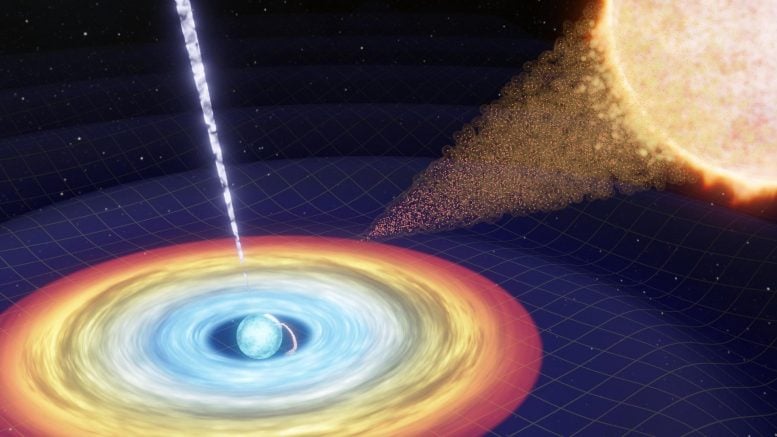
Artist’s impression of continuous gravitational waves generated by a spinning asymmetric neutron star. Credit: Mark Myers, Ozgrav-Swinburne University
- A new international study, led by an Australian researcher from the ARC Centre of Excellence for Gravitational Wave Discovery, searched for elusive continuous gravitational waves from the densest objects in the Universe — neutron stars.
- A detection of a continuous gravitational wave would allow scientists to peer into the hearts of these neutron stars — they are extremely dense, collapsed cores of massive supergiant stars.
- The hunt for continuous gravitational waves is one of the top challenges in gravitational wave science, but Australia has a strong track record in this area of research.
Take a star similar in size to the Sun, squash it down to a ball about twenty kilometers across and you’d get a neutron star: the densest object in the known Universe. Now set your neutron star spinning at hundreds of revolutions per second and listen carefully. If your neutron star isn’t perfectly spherical, it will wobble a bit, causing it to continuously send out faint ripples in the fabric of space and time. These ripples are called continuous gravitational waves.
So far, these elusive continuous gravitational waves haven’t been detected; however, in a recent study, an international collaboration of scientists, led by Australian OzGrav researcher Julian Carlin (from the University of Melbourne), searched for them from a specific category of neutron star: accreting millisecond X-ray pulsars (AMXPs).
To break it down, AXMPs are:
- Pulsars — The Universe’s lighthouses; they are extremely dense collapsed cores of massive supergiant stars (called neutron stars) that beam out radio waves, like a lighthouse. As a pulsar rotates, we can see a pulse in radio telescopes every time the beam points towards the Earth.
- Accreting pulsars — they have a companion star and this is called a binary star system. The accreting pulsar feeds off its companion star, sucking up matter from the star and accumulating it on their surface.
- X-ray pulsars — they emit X-ray pulses. AMXPs have times of “outburst” where the X-ray pulses are observable and times of “quiescence” when X-ray pulses are either not emitted or are too weak to see.
- Millisecond pulsars — they spin very fast (a millisecond is one-thousandth of a second). The fastest spinning AMXP takes just 1.7 milliseconds to do a full rotation. That means if you were standing on the surface you would be whipping around at 15% the speed of light (or about 45,000 km/s)!
As AMXPs accumulate matter from their companion star, they’re likely to send out stronger signals than a lone neutron star. This is because the strength of a neutron star’s signal is proportional to its asymmetry. Astronomers theorize that this build-up of matter on the AMXPs could create small mountains on the surface as material is funneled by the magnetic field onto the magnetic poles. This is illustrated by the artist’s impression shown at the top of the page.
This search uses data from the third observing run of LIGO, Virgo, and KAGRA which lasted from April 2019 to March 2020. The team searched for continuous gravitational waves from 20 AMXPs — 14 of which hadn’t been searched before.
The search method used in this work is the result of a collaboration between physicists and engineers at the University of Melbourne. “The methods we are using to search for continuous gravitational waves from spinning neutron stars are similar to those used in speech recognition software!” said Hannah Middleton (an OzGrav postdoc at both the University of Melbourne and Swinburne University).
Unfortunately, continuous gravitational waves were not convincingly detected this time. However, as detector technology and data analysis algorithms keep improving, it’s possible that a detection will be made in the next observing run.
Julian Carlin said: “It may turn out that the weak candidates we’ve spotted here are the first signs of a real signal, and we just need a little bit more data to pull it out of the noise.”
“If a detection were made, it’d allow us to peer into the hearts of neutron stars — teaching us how matter behaves in extremely dense environments,” he continues. “Detecting continuous gravitational waves from neutron stars would give us great insights into how these fantastic astronomical clocks really tick.”
“The hunt for continuous gravitational waves is one of the top challenges in gravitational wave science,” said Andrew Melatos, an OzGrav Chief Investigator whose research group at the University of Melbourne has been chasing these tiny signals for more than a decade. “Pulsars are one of Nature’s most bountiful gifts. Their radio signals revolutionized astronomy, shedding new light on everything from the gas between the stars to Einstein’s theory of gravity and the strongest magnetic fields in the Universe. Who knows what surprises their gravitational wave murmurs will reveal?”
Dr. Karl Wette, an OzGrav research fellow at The Australian National University and co-chair of the LIGO continuous wave working group, said: “Gravitational waves are becoming an essential tool for fundamental physics and astronomy. We’ve now heard the echoes of nearly 100 pairs of black holes and neutron stars smashing into each other. We’re keeping our ear to the ground, and hope to pick out the tell-tale hum of a rapidly-spinning neutron star in the coming years. Australia has a strong track record in this area of research, and it’s particularly pleasing to see Australian students and junior researchers making important contributions.”
“With improved detectors in the fourth observation run, the number of detections is expected to increase manifold,” said OzGrav PhD student Chayan Chatterjee at the University of Western Australia. “So, it will be extremely exciting to watch out for more continuous gravitational wave candidates as well as other ground-breaking discoveries!”
Reference: “Search for continuous gravitational waves from 20 accreting millisecond x-ray pulsars in O3 LIGO data” by R. Abbott et al. (LIGO Scientific Collaboration, Virgo Collaboration, and KAGRA Collaboration), 19 January 2022, Physical Review D.
DOI: 10.1103/PhysRevD.105.022002

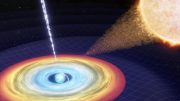
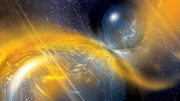
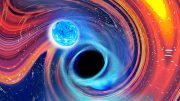
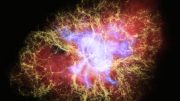
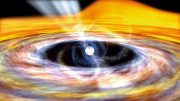
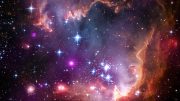
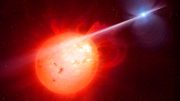

Be the first to comment on "Searching for Elusive Continuous Gravitational Waves From the Densest Objects in the Universe"